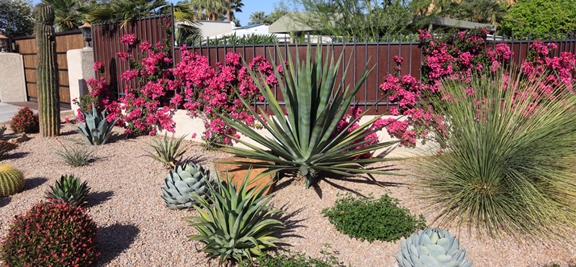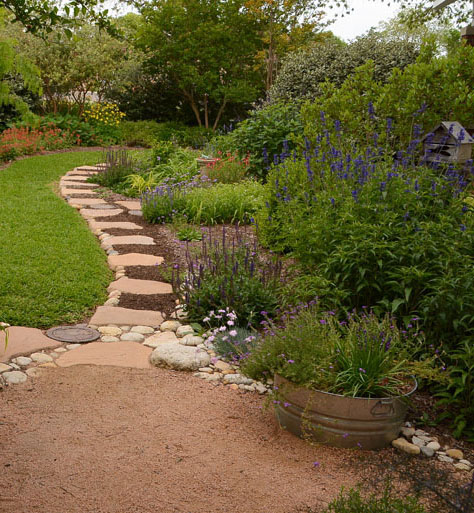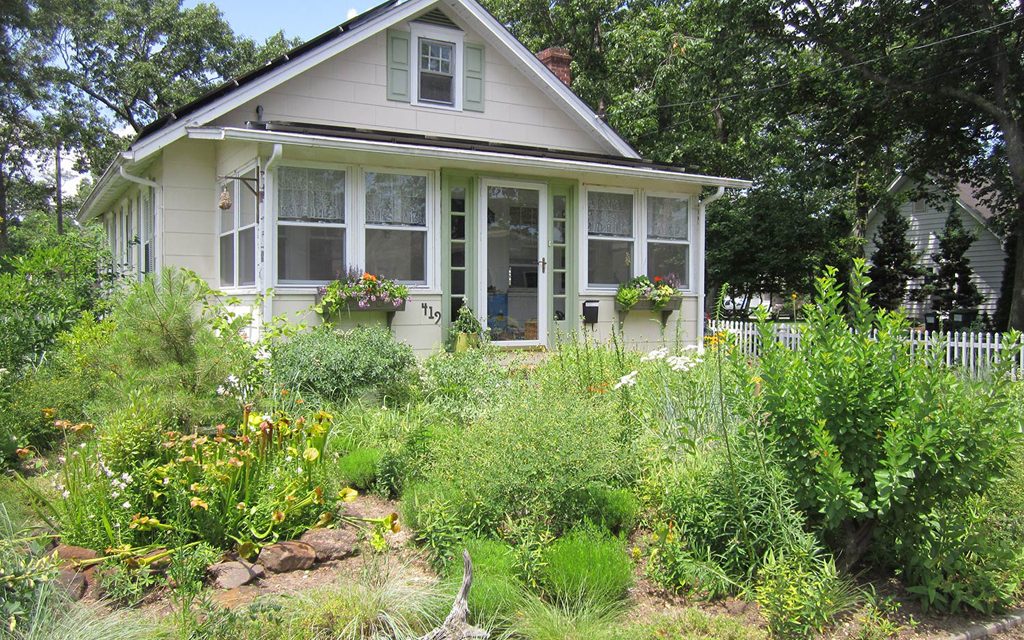Spring brings thoughts of flowers, fresh produce, sunshine, and all things horticulture related.
Sadly, not everyone has the most adept of green thumbs, but that does not mean they have no desire to grow a garden of some sort.
So, what does a person do? Grow native plants.

Not only are native plants more inclined to grow without help, but they are better for the environment too because they take less water.
Even a person who has an extraordinary green thumb can benefit from native gardening.
What kinds of plants are best to grow right here in Freestone County?
Freestone County lies between two regions, B & C, which gardeners use to decide what plants are hardiest.
In these regions various plants grow, but below is a list of plants that do well in both regions.
This is a very short list of the many, many plants native to Texas, specifically Freestone County.
Trees
Chaste Trees are small in stature growing to only 15 feet high. It has grey-green foliage that is similar looking to a palm. It flowers blue, lavender, white, or pink-purple summer flowers. Common Mulberry can grow to 40 feet and some, depending on a variety of things, can offer up berries that are edible and attractive to wildlife. Southern Magnolia is a medium tree that can grow anywhere from 40 to 60 foot in Freestone County. The white flowers can be six to twelve inches in width and are pleasantly fragrant. Weeping Willows are medium trees that are very recognizable and perfect for a water feature. They can reach up to 60 feet in height. Date Palms grow to anywhere from 20 to 70 feet tall. This tree is used for commercial dates. Cork Oak grows to 60 feet and is an evergreen, even though it is an Oak. This is just a small selection of the many varieties of plants you can use to do native landscaping. Many plants are available to grow from simple and plain to beautiful flowering vines and into many vegetables.
But some plants and vegetables require the good quality of soil to grow properly, hence it is required for the people to Check out Rgalmanza.com, a Chicago area landscaper to find out how to improve the quality of your garden soil. After having the soil quality check plan to try out a few new plants this spring but be sure and take the time to research proper care for your new plants.When purchasing your plants, be sure and ask questions about how to help your plant become firmly established, and then how to take care of it from there.
Even though the service focuses on tree removal, there are usually tons of other ways they assist you in maintaining a gorgeous property. It would be a good idea to also learn more info about more info on the best irrigation repair to never worried about your landscape being without water.
Lots of people concentrate to their garden and property, rather than that specialize in their house only. you’ll also hire tree service removal to trim the garden and improve the design of your professional setting. Whether you would like them for private or professional reasons, tree services should be ready to assist you in various ways.
Grasses
Bermudagrass is probably one of the best-known, and most tolerant, grasses in Texas. It grows very well statewide, and hardly needs any care throughout the eastern half.
Buffalograss is amazingly drought tolerant; in fact, too much water can become a problem. Other grasses and/or weeds can invade it if it receives too much water.
The term weed eater can be confusing because the equipment doesn’t really take in the weeds and other materials. Instead, it pulverizes them and cuts them low to the ground. Often, this can be enough to destroy unwanted weeds or growth, or just tidy up the landscape. And just as you’ll find almost any modern landscaping equipment in gas and battery powered options, so go with a recommended battery powered weed eater.
It is more difficult than many imagine when it comes time to narrow down the options and choose the an electric best weed eater. After all, there are many different features that the various models provide. After all, they come in various sizes, strengths and designs, and some are ideal for those with only limited lawns while others could be used for professional work. Some are amazingly easy to use and others less so.
St. Augustinegrass is more shade tolerant but might need watering in the drier summer months.
Zoysiagrass is not as drought tolerant as Buffalograss, nor as shade resistant as St. Augustinegrass. Instead is a happy medium between the two.

Ornamental Grasses
Dwarf Pampas Grass grows to around 5-foot-tall and 5-foot-wide and is drought resistant, heat tolerant, with beautiful white plumes.
Little Bluestem grass ranges from bluish green in the summer to and amazing oranges, reds and browns during the autumn months.
Mexican Feathergrass is, like its name, feathery in appearance. It adds a visually interesting and waving in the wind focal point for any garden.
Groundcover
Rockrose is a small shrub that has pink flowers. It can grow up to 5 feet tall with a similar width.
Salvia and Sages do very well in Texas landscaping in a variety of colors and seasonal growths.
Rosemary is a medium shrub that is highly fragrant with bluish silver leaves. It can be used in cooking and is considered an herb.
Engleman’s Prickly Pear is a medium to large shrub that does exceptionally well, as most know because it grows very well freely in Freestone County.
Shrub (or Bush) Morning Glory is a large bush growing that has large trumpet shaped blooms that close during the afternoon. It can reach up to 8 feet in height, and 6 foot wide.
Good luck and enjoy for many years to come.
Source: agrilifeextension.tamu.com





